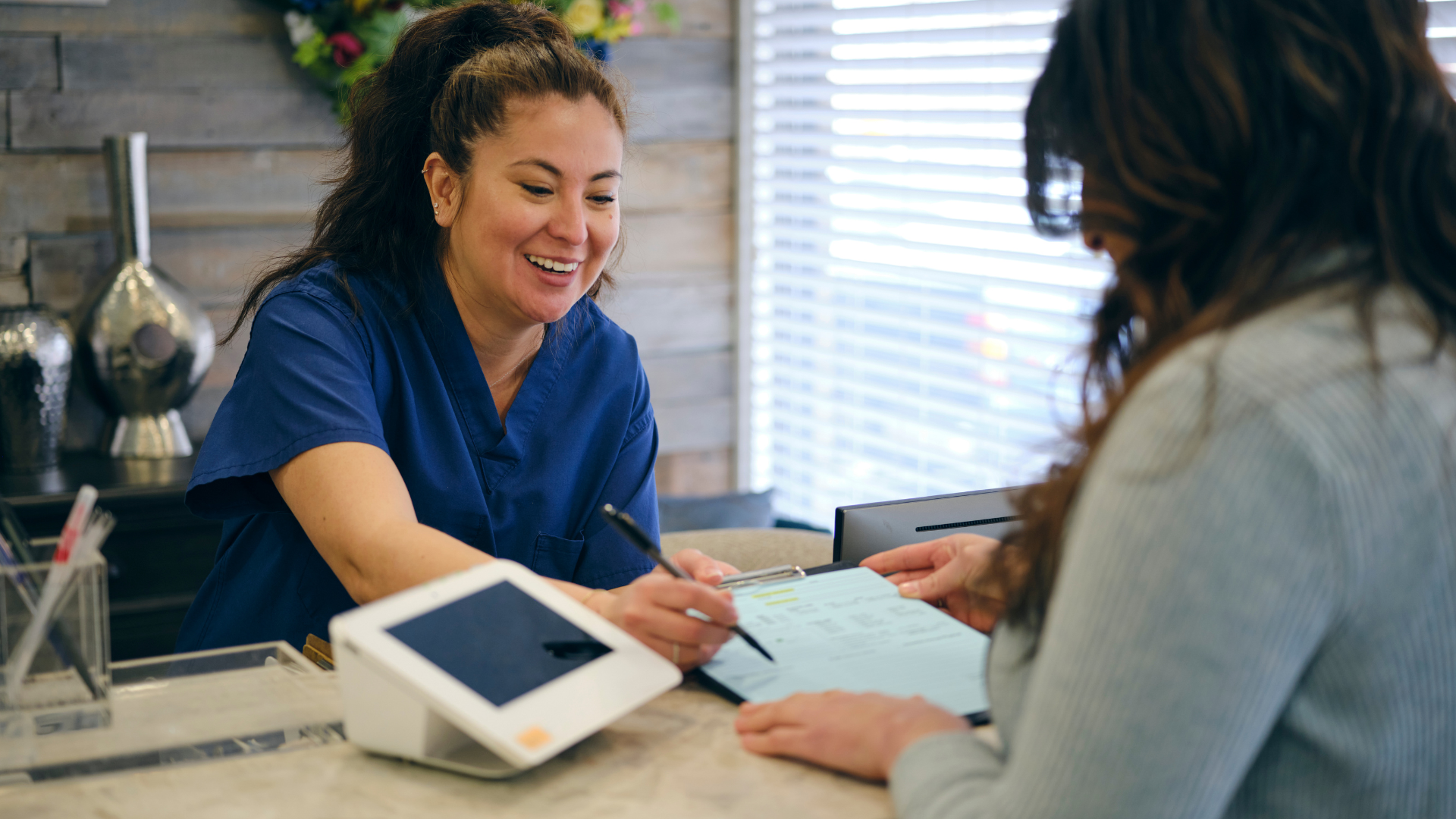To test or not to test, that is a question that many Ohioans are grappling with when it comes to the pandemic. As infections continue to increase across the state, knowing your status is very important. Knowing your status can help reduce spread, flatten the curve and protect yourself and others.
Who should get tested
According to the Centers for Disease Control and Prevention (CDC), if you have come in contact with someone who has the coronavirus, or have symptoms of COVID-19 and would like to get tested the first thing you should do is talk with your health care provider. If you and your doctor determine you should get tested, there are a variety of ways to do that. According to the State of Ohio, a doctor’s order is required for all tests, but at all state pop-up sites and some privately-run sites a doctor will create an order on-site for someone to get tested if they have symptoms, are in an at-risk population or have been exposed to the virus. At other locations a doctor’s order may be required in advance – it’s best to check with the testing site before heading to get tested. Ohio has issued guidance saying that anyone who wants a test can get a test regardless of symptoms, but “it’s not a mandate that testing locations follow this guidance.[1]”
If you have come in contact with someone who has the coronavirus, or has symptoms of COVID-19 and would like to get tested the first thing you should do is talk with your health care provider.
Who pays for the test
For those showing signs or symptoms of COVID-19, or who are suspected of having been exposed to it, ALL forms of public and private insurance, including self-funded plans will cover the test if it is believed to be medically appropriate.[2] At state pop-up testing sites, there will be no out-of-pocket costs but the state will bill patients' Medicaid or private insurance if they have coverage. The state and federal government will pay for tests fo people who do not have insurance at these pop-up sites. The Ohio Department of Health has said that while private testing sites may also not require out-of-pocket costs, “the state cannot guarantee that all privately run testing sites will test without charging the patient.”[3]
Testing Options:
There are two types of COVID-19 tests: viral tests and antibody tests.[4] A viral test determines if you are currently infected with the coronavirus. It is administered by a nasal or mouth swab. An antibody test looks for the body’s immune response to the virus, not the virus itself, so it is meant for people who were previously infected. According to guidance from the CDC, an antibody test should not be used to determine if you currently have COVID-19.
Your Health Provider/Medical Facility
Many health systems will provide tests for people with a doctor’s order for high-risk patients who meet certain criteria. For example, the Cleveland Clinic identifies:[5]
- Those age 61 and older
- Children under 36-months-old (3 years old and under)
- People on immunosuppressive therapy
- Those with end-stage renal disease who are on dialysis
- Contact with a known COVID-19 patient
- People with coronary artery disease
- People with lung disease
- People living with HIV/AIDS
Testing through the state and county boards of health
The State of Ohio has established pop-up testing sites that focus on “underserved areas, particularly minority communities and communities that have seen a recent increase in their infection rate[s].[6]” At pop-up sites, people do not need to show symptoms or have a doctor’s order in advance. Some pop-up testing sites do require appointments in advance.
At pop-up sites, people do not need to show symptoms or have a doctor’s order in advance. Some pop-up testing sites do require appointments in advance.
County boards of health are also working hard to keep residents up-to-date on free community-based coronavirus testing sites and locations. We have included testing information below from some county boards of health in areas that have seen significant cases of coronavirus infections. To find information your local county board of health, click here.
Athens County: Testing is available at select health centers and retailers. Some sites will require an appointment or doctor’s order. While some sites require insurance to bill for the cost of the test, there are also programs available for those without insurance. Pop-up testing sites are also an option for those looking for a no-cost coronavirus test. Click here to find a testing site near you.
Cuyahoga County: In partnership with the MetroHealth System and local faith-based organizations, the Cuyahoga County Board of Health is providing free testing for residents at specific sites. Advance registration is required for all of these county sites. Click here to find a testing site nearest you.
Franklin County: Free coronavirus testing is available at multiple community health locations such as PrimaryOne Health and OSU Wexner Medical Center. Click here to find a testing site nearest you.
Hamilton County: Free coronavirus testing is available at select Kroger stores, community health centers and retailers. Some testing sites require an appointment. Click here to find a testing site nearest you.
Lucas County: Free coronavirus testing is available at select Rite Aid’s, community health centers and retailers. Some testing sites have age-restrictions on who can be tested, require appointments and/or request insurance information. Click here to find a testing site near you.
[1] COVID-19 Testing Guidance Protecting Against COVID-19, Ohio Department of Health, Accessed July 23, 2020. https://coronavirus.ohio.gov/static/MHSF/COVID-19-Ohio-Testing-FAQ.pdf
[2] Five Things to Know about the Cost of COVID-19 Testing and Treatment, Accessed July 21, 2020. https://www.kff.org/coronavirus-covid-19/issue-brief/five-things-to-know-about-the-cost-of-covid-19-testing-and-treatment/#:~:text=Starting%20on%20March%2018%20and,is%20deemed%20medically%20appropriate%20by
[3] COVID-19 Testing Guidance Protecting Against COVID-19, Ohio Department of Health, Accessed July 23, 2020. https://coronavirus.ohio.gov/static/MHSF/COVID-19-Ohio-Testing-FAQ.pdf
[4] Testing for COVID-19, Accessed July 21, 2020. https://www.cdc.gov/coronavirus/2019-ncov/symptoms-testing/testing.html#:~:text=Two%20kinds%20of%20tests%20are,you%20had%20a%20previous%20infection
[5] What patients are being prioritized for drive-up and on-site testing?, Accessed July 21, 2020. https://my.clevelandclinic.org/landing/preparing-for-coronavirus#testing
[6] COVID-19 Testing Guidance Protecting Against COVID-19, Ohio Department of Health, Accessed July 23, 2020. https://coronavirus.ohio.gov/static/MHSF/COVID-19-Ohio-Testing-FAQ.pdf








